Clash Detection
Design conflict-free construction with confidence using
Gsource's Clash detection
A game-changing value addition, clash detection can help bring together the multiple aspects of your as-built project plan and help you hit the ground running confidently. We believe in elevating your plans to the next level, starting with efficiently optimizing project resources. Clash detection prevents problems down the line by avoiding conflicts.
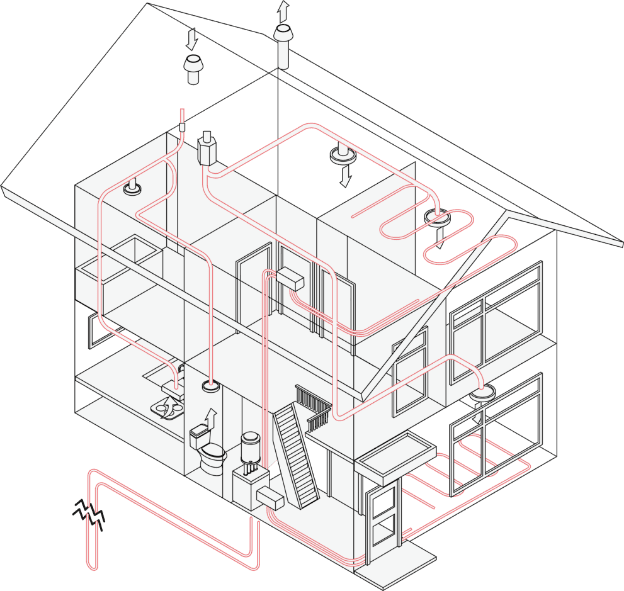
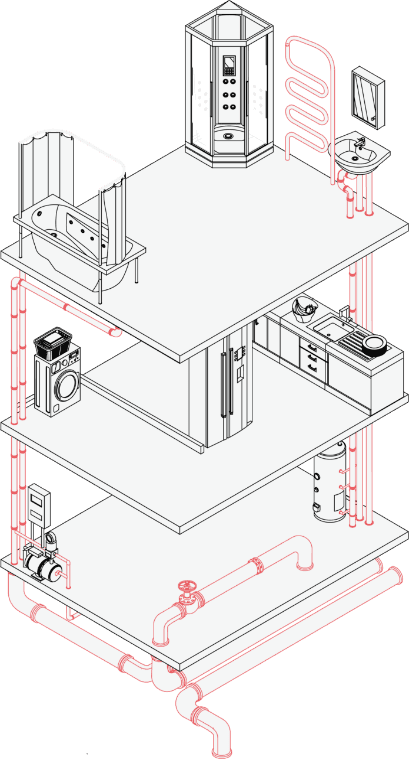
What is clash Detection ?
Clash detection is a crucial step in the planning and construction of residential and commercial structures. It involves identifying and resolving conflicts in the design and layout of architectural, structural, and MEP systems. At Gsource, our team of designers use highly realistic models and virtual walkthroughs to detect clashes and document them in a conflict identification report or BCF file. This helps to improve constructability and operational efficiency, and is led by our BIM engineers
Type Of Clash Detection
At Gsource, our team of expert BIM engineers lead the way in clash detection. Using Autodesk Navisworks Manage®,
we conduct visual inspections through virtual walkthroughs and automatic pair-wise tests in a federated model to
identify potential issues. Our team thoroughly searches for hard, soft/clearance, and temporary workflow clashes to
ensure that your project plan is error-free and efficient.
Our clash detection services include both visual inspections and automatic clash detection using specialized software.
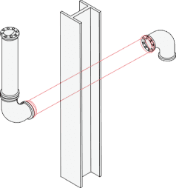
Hard Clashes
These are impossible interactions between two physical elements occupying the same space, such as a pipe running through a steel beam. These can be costly and time-consuming to address if only discovered on site.
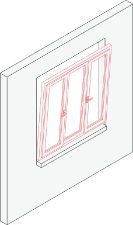
Soft/Clearance Clashes
Soft or clearance clashes occur when elements aren't given enough spatial tolerance or when a buffer zone is breached. These clashes might not be caught in automatic clash detection software, but are typically caught in visual inspections.
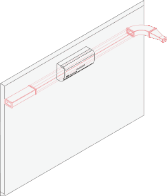
Temporary Workflow
Clashes
These involve timeline/scheduling-type conflicts, such as scheduling of contractors or delivery of equipment and materials. These types of clashes are harder to catch and often require process/scheduling information integration.
How it helps ?
Optimize and lower construction costs
Clash detection helps avoid costly errors and price overruns, and reduces iterations.

Improve safety standard adherence
Soft clash detection is important to keep the project in line with prevailing codes and standards.

Channel clear, concise communication
Clash detection unifies stakeholders, minimizes onsite disputes, and boosts efficiency.

Mitigate and scrutinize human inaccuracies.
Detection reduces expensive and inevitable human errors in large scale and critical projects.
How it works

01 / 04
Initial Planning
At the start of every project, we kick off the planning phase to determine the number of stakeholders involved. As we work with MEP engineers and architects, we collect their independent models and fuse them together to ensure a seamless end result.
02 / 04
Data Consolidation
During this stage, we examine plans from various stakeholders, including those that are BIM compliant or not, and merge them to create a coordinated model. This model enables us to identify any potential clashes between different disciplines.
03 / 04
Analysis and Reporting
After reviewing models using specialized clash detection software, our design team uses their expertise to work around these discrepancies within the coordinated or independent models. Once complete, we generate comprehensive reports that highlight identified issues for the client.
04 / 04
Final Package Delivery of Clash Detection
Once the clash detection processes from different models are complete, we send a comprehensive report to the client. This report identifies issues arising from coordinated, independent, or specific models and helps the client address any concerns they may have regarding the final product.
Getting started is easy
Our scope of work covers the more intricate details to help you what you’re looking for.
